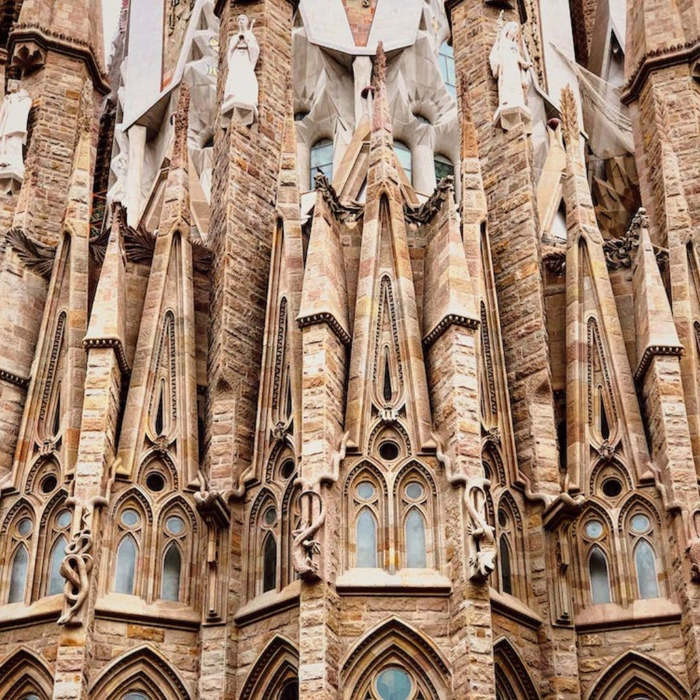
The Culture and Heritage of Spain: A Deep Look
Spain is a country that is rich in history, culture, and heritage. This legacy can be seen in its iconic monuments, its vibrant art and music scenes, and its world-renowned cuisine. These elements are an integral part of Spain's identity and have played a major role in shaping the country into what it is today.
One of the most recognizable symbols of Spain's culture is its architecture. From the grand cathedrals of Madrid and Barcelona, to the Moorish palaces of Granada and Seville, Spain's architectural heritage is diverse and awe-inspiring. The Gothic and Renaissance styles are particularly prominent, with notable examples including the Cathedral of Seville, the Alcázar of Seville, and the Royal Palace of Madrid. These buildings serve as a testament to Spain's rich architectural heritage and its position as a leader in the field during the Renaissance.
In addition to its architectural heritage, Spain is also known for its art scene. Spanish painters, such as Pablo Picasso, Joan Miró, and Salvador Dalí, have made a lasting impact on the art world. Picasso is perhaps the most famous of all Spanish artists, with his works exploring themes of modernity and politics. Similarly, Joan Miró's abstract and surrealist style, and Salvador Dalí's imaginative and eccentric works have inspired countless artists and continue to captivate audiences to this day.
Spain's cultural heritage is also evident in its music scene. Flamenco, a traditional style of music and dance originating from the country's southern region, is one of the most recognizable and beloved forms of Spanish music. Flamenco is characterized by its passionate and emotional lyrics, accompanied by intricate guitar playing and energetic dancing. This style of music is deeply intertwined with Spain's cultural heritage, and it continues to be an important part of the country's musical landscape.
Spain's cuisine is another important aspect of its cultural heritage. The country is renowned for its delicious and varied cuisine, which ranges from hearty stews and soups, to fresh seafood dishes and delectable desserts. The use of fresh, locally-sourced ingredients is a hallmark of Spanish cooking, and traditional dishes such as paella, gazpacho, and tortilla are enjoyed by locals and visitors alike. Additionally, Spain's love of tapas, small plates of food served with drinks, has become a popular dining trend around the world.
Spain's cultural heritage extends beyond its food, music, art, and architecture, however. The country is also home to many historic sites and monuments that tell the story of its past. The Alhambra, a palace and fortress located in Granada, is one such site. Built by the Moors in the 14th century, the Alhambra is a testament to Spain's diverse history and cultural heritage. Similarly, the Sagrada Familia, a church located in Barcelona, is an architectural masterpiece that showcases the incredible creativity and skill of its designer, Antoni Gaudi.
Spain is also famous for its many festivals and celebrations. One of the most famous is La Tomatina, a food fight held annually in the town of Buñol. Participants throw ripe tomatoes at each other in a joyful and messy celebration that is beloved by locals and visitors alike. Another important festival is the Running of the Bulls, held in Pamplona during the San Fermin Festival. This event involves participants running through the streets with bulls chasing them, and it is considered a test of courage and bravery.
In conclusion, Spain's cultural heritage is a testament to the rich history and diverse traditions that have shaped the country into what it is today. From its awe-inspiring architecture, to its vibrant art and music scenes, to its world-renowned cuisine, Spain's cultural heritage is an integral part of the country's identity and is something that should be celebrated and cherished. Whether you're admiring the stunning cathedrals of Madrid, indulging in a delicious meal, or tapping your feet to the rhythm of flamenco music, Spain's cultural heritage is sure to leave a lasting impression on all who experience it.

